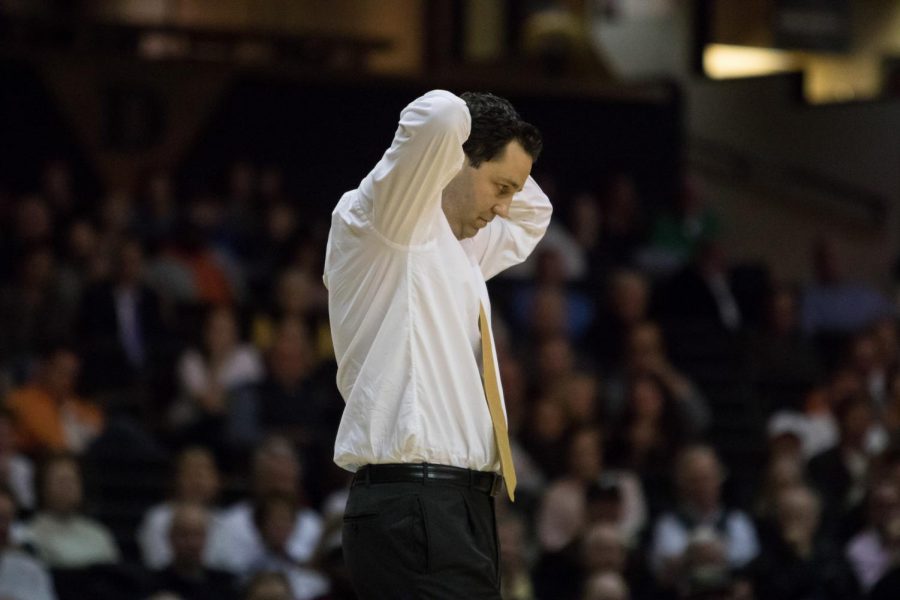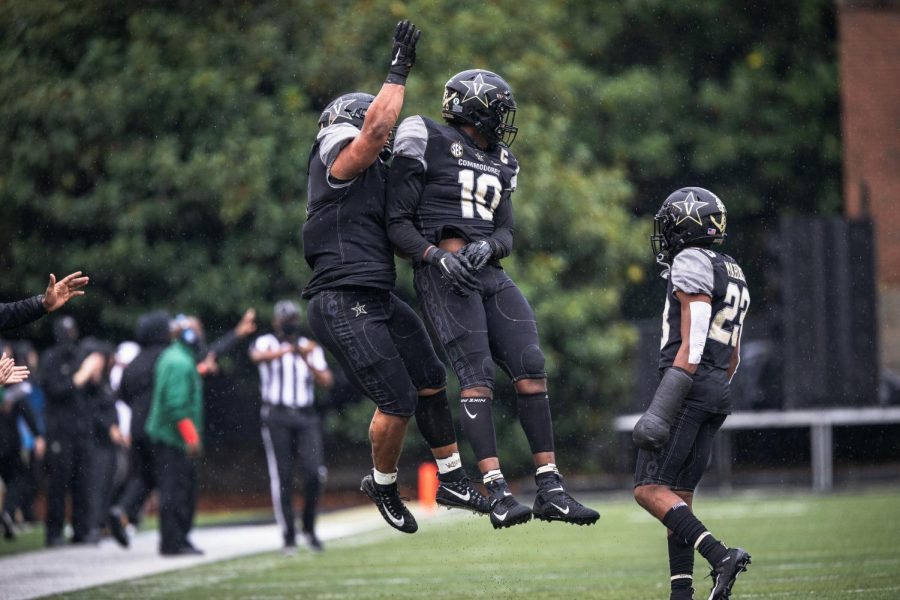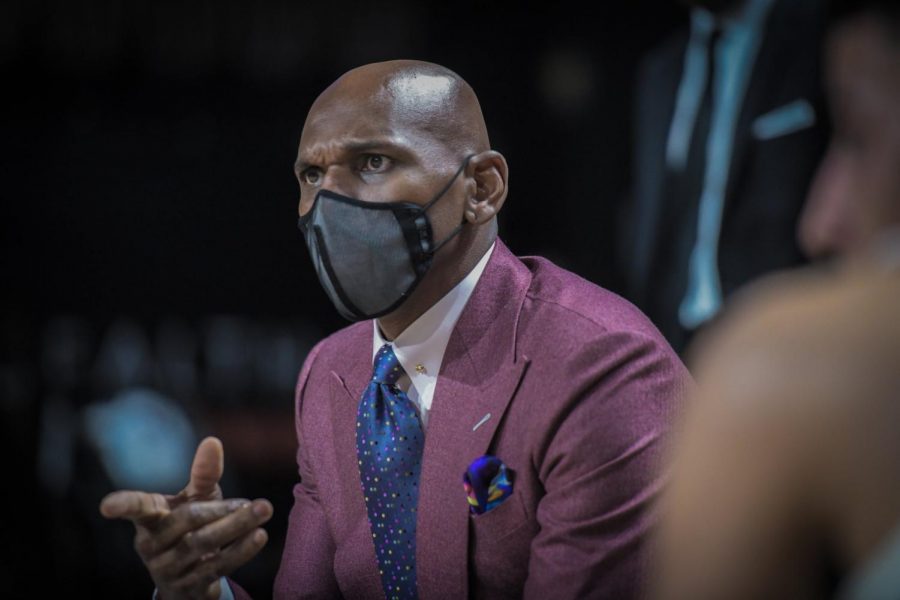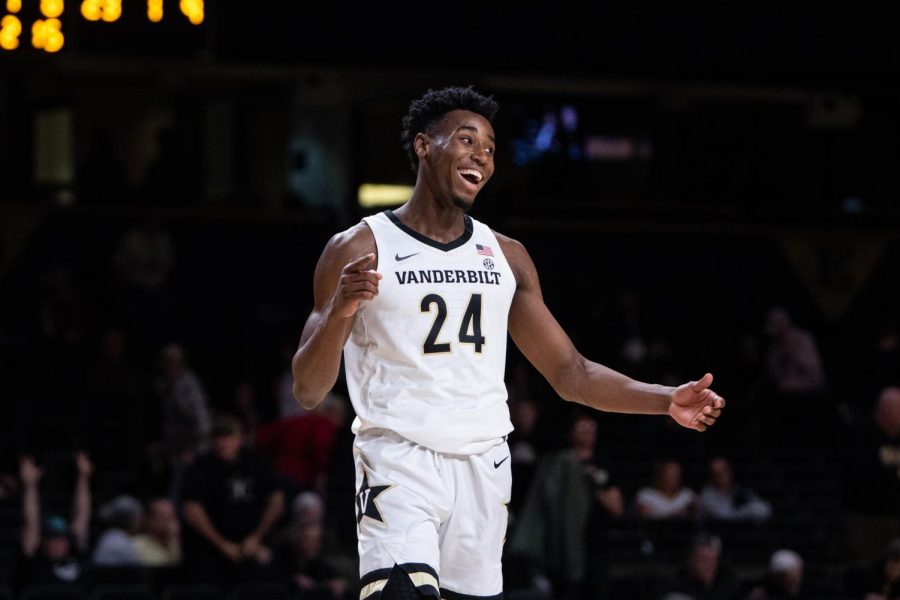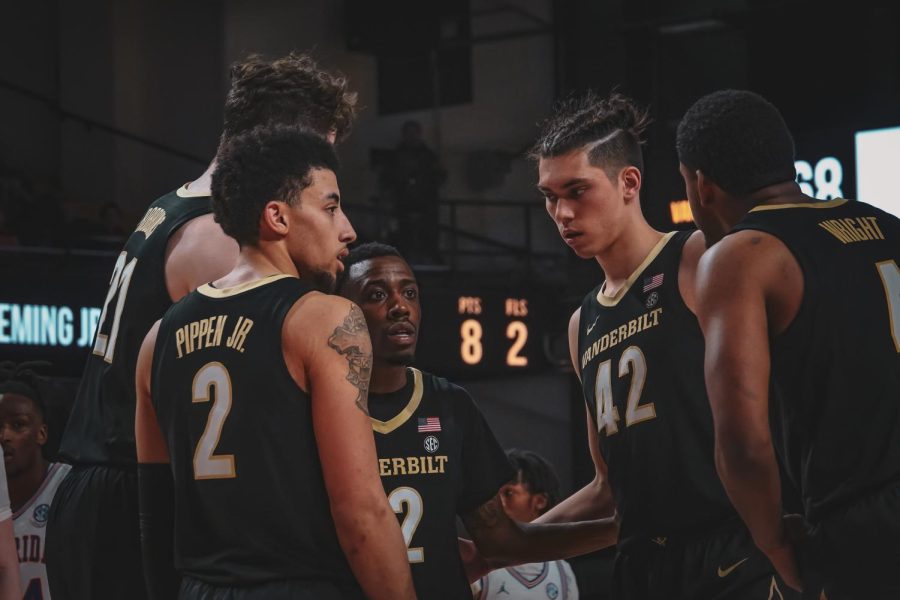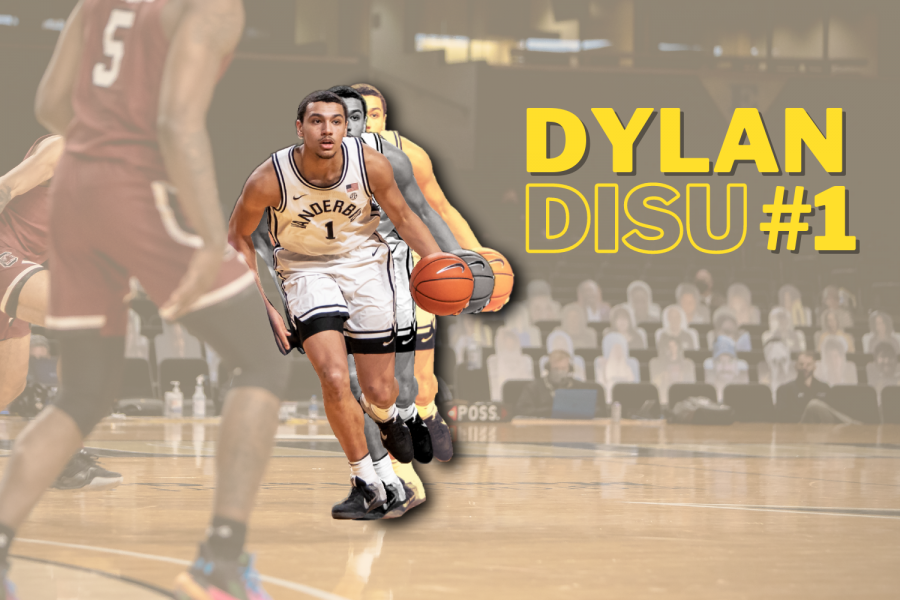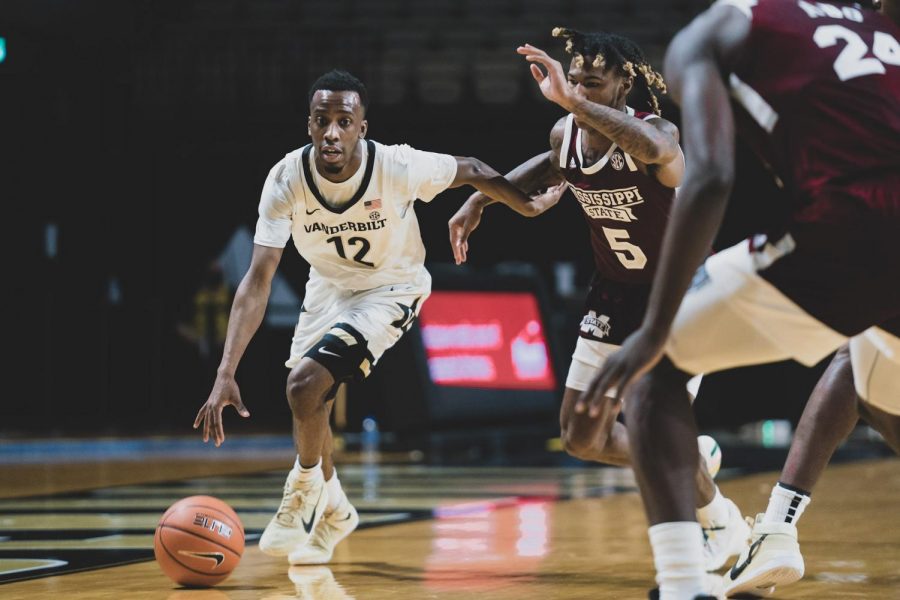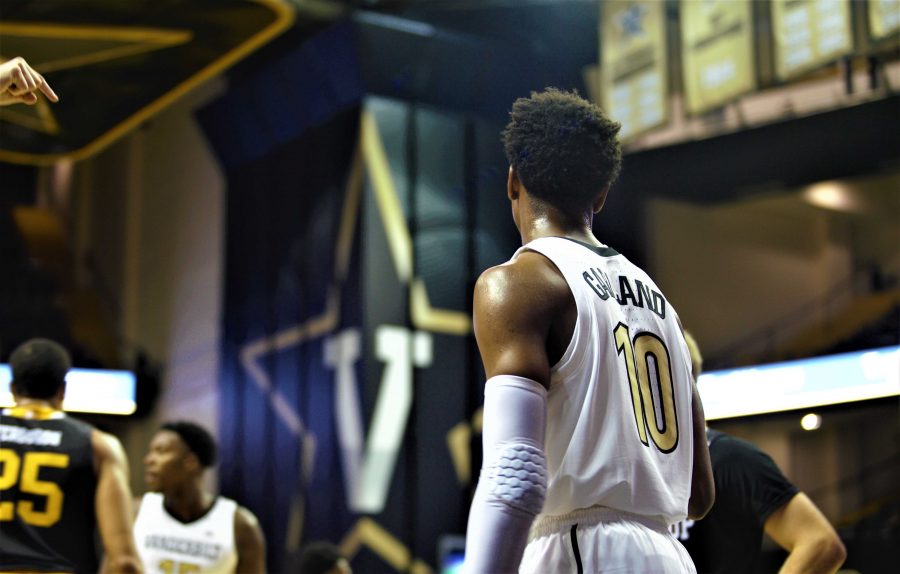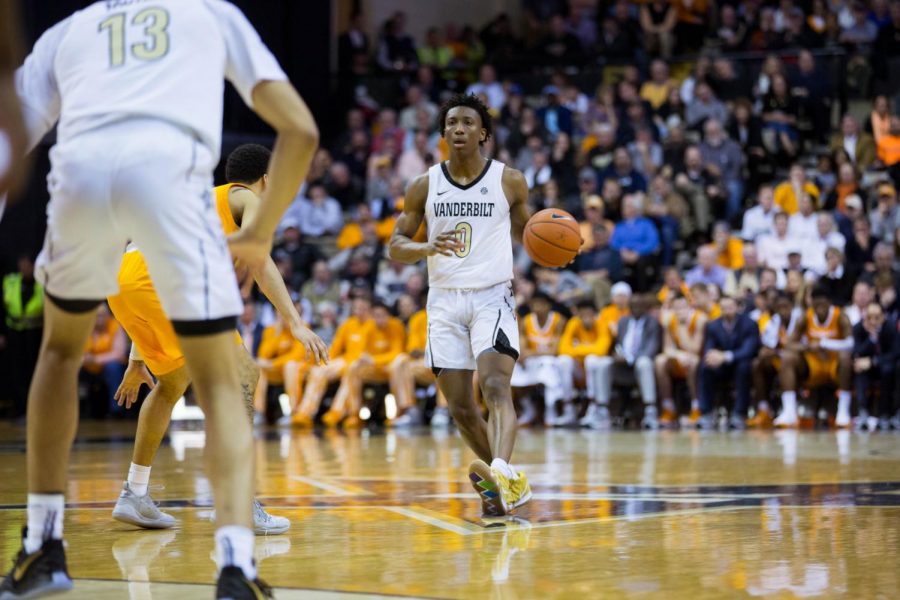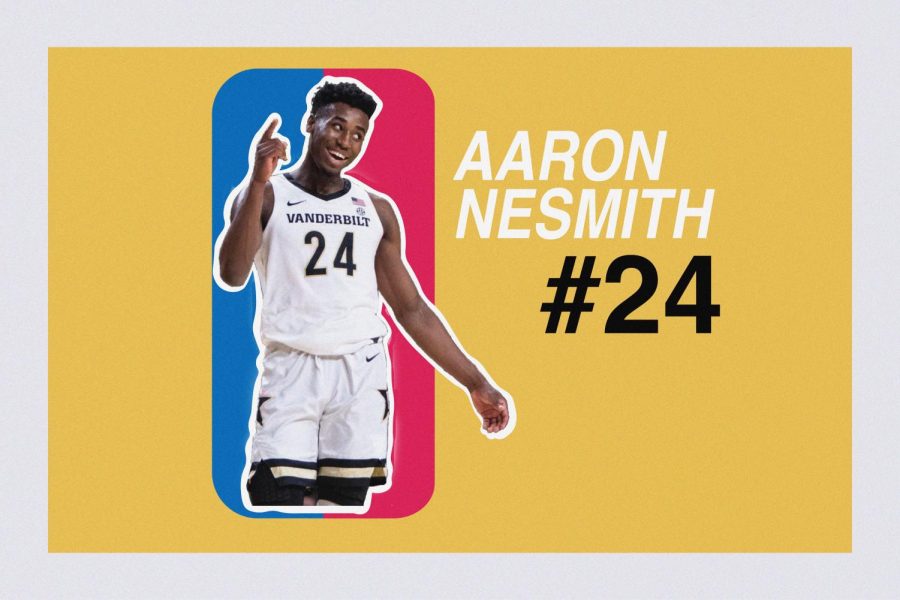This column is part of a set of columns on the debate surrounding Bryce Drew’s tenure as Vanderbilt’s Men’s Basketball coach. For Sports Editor Cutler Klein’s column on why Vanderbilt should hang on to Drew, click here.
Just three years ago, Vanderbilt Hustler reporter Karim Oliver wrote about the need to fire then Head Basketball Coach Kevin Stallings. Before diving in, however, Oliver was quick to praise Stallings’ history of success within the program, merely stating that it was time to move on.
This is not that kind of column.
Bryce Drew doesn’t have a history of success to hang his hat on. His tenure at Vanderbilt has been, in a word, disappointing. The season that mercifully came to an end last night against Texas A&M put the finishing touches on an 0-19 record in conference play. For reference, the last team to go winless in the SEC was Georgia Tech (0-14) in 1954, and the Yellow Jackets haven’t been a member of the conference in more than half a century.
There is a lot to dive into regarding Drew and his team, but the bottom line is this: A year that started with more hype, more expectations, and more national attention than Vanderbilt has had in quite some time, has now ended in what is without a doubt the most disappointing season in program history. And that alone is enough to pull the plug on the Bryce Drew experiment.
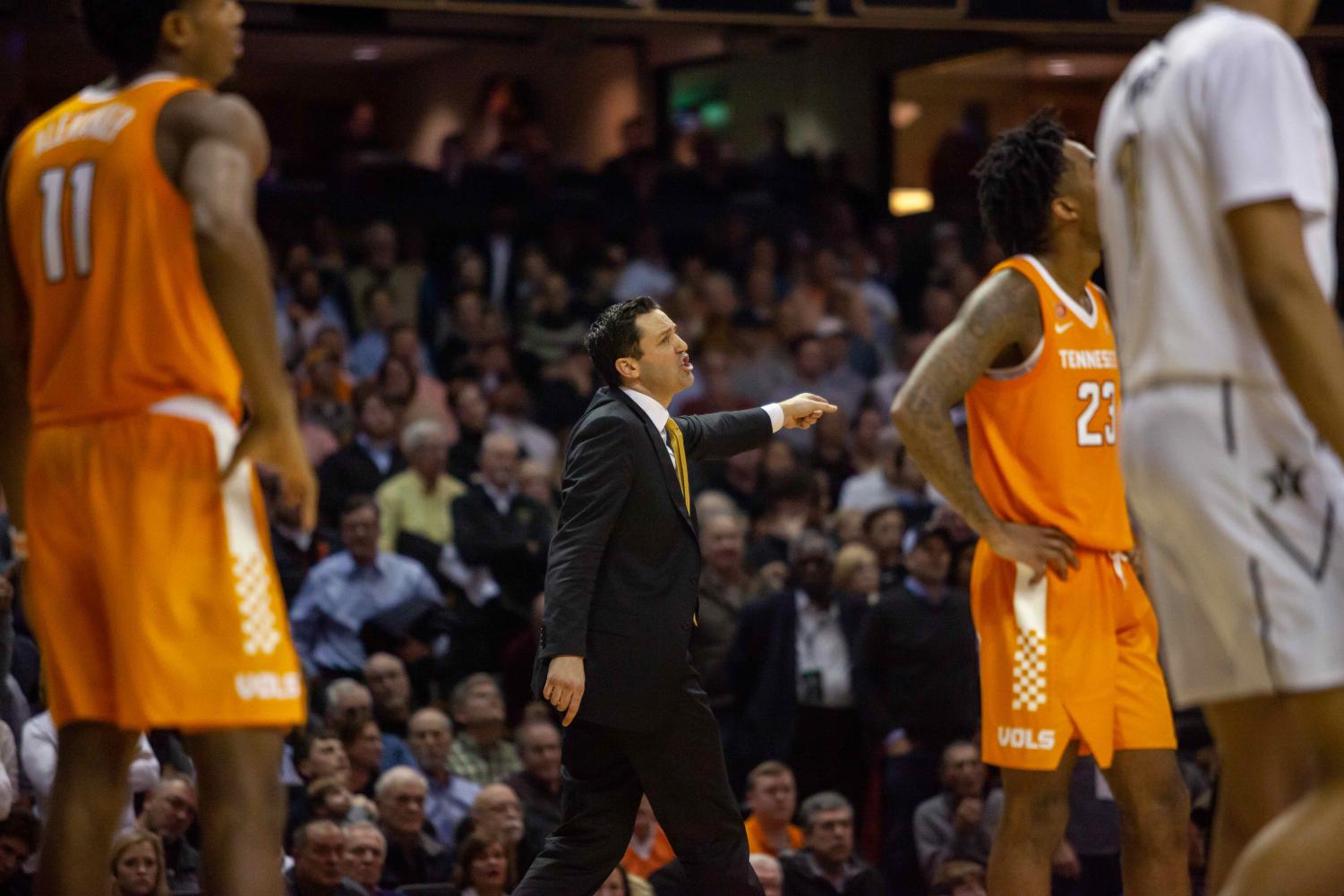
Drew’s first season largely mimicked Stallings’ final one. Vanderbilt was a bubble team that got by on its strength of schedule, and qualified for the NCAA Tournament only to exit in the first round. Still, the season was considered a success, and with all but two scholarship players returning, surely things were looking up. What has unfolded since then, however, leads Commodore Nation to believe that their team couldn’t be further from that now two-year-old tournament berth.
Let’s start with the obvious. The Commodores finished the year with a 9-23 record, which says a lot about a team that was 9-3 on New Year’s Day. Over the course of Drew’s three years at Vanderbilt, his team is 40-59 overall and 18-41 in conference matchups. Each season is worse than the last, as the Commodores are clearly trending in the wrong direction. This comes after Vanderbilt just pulled in its best recruiting class in program history. But dig deeper than the surface and you’ll see that this situation is a whole lot worse than just wins and losses.
Sure, Vanderbilt probably wins more than nine games if Darius Garland doesn’t go down for the season with a knee injury, but as good as he is, Garland is no LeBron James. He’s not the difference between the worst team in SEC history and a team with a winning record. His loss was troubling, backbreaking even, but Drew still had a roster more than capable of achieving great success. The problem lied in his inability to make the necessary adjustments in the wake of Garland’s injury, and that failure to adjust has epitomized Drew’s three-year tenure in Nashville.
Last year, I wrote about Vanderbilt’s second-half leads evaporating at alarming rates, in large part due to horrid low-post defense and poor free throw shooting, and low and behold, that is exactly what doomed the Commodores in 2019. Despite bringing in Simi Shittu, Yanni Wetzell, and Matthew Moyer to bolster the frontcourt, Vanderbilt found itself in the familiar situation of getting bullied in the paint on a nightly basis. However, this year, instead of Chimezie Metu, Nick King, and Grant Williams thriving in the low-post, it became Daniel Gafford, PJ Washington, and a little bit more of Grant Williams.
As if last year’s 37-point performance in which he shot 13-15 from the line wasn’t enough, Williams one-upped himself at Memorial Gym this season, to the tune of 43 points on 23-23 shooting from the charity stripe. The stat line might have been slightly different, but the story was the same. Vanderbilt was late on the help, didn’t deny the baseline, allowed Williams to catch far too deep in the post, and resorted to fouling just to slow him down.
Both times this defensive effort cost the Commodores the game at home, close games that they would have otherwise won with just average defensive efficiency. The same can be said about the defense on Daniel Gafford in a close loss to Arkansas. It got so bad that by the end of the season, Drew lamented redshirting center Ejike Obinna in his last press conference. Forget the fact that Obinna likely wouldn’t have helped very much. Drew failed to recognize that this wasn’t a roster construction problem. It was a coaching problem.
Between the consistently subpar low-post defense and the gaping free throw disparities – in both attempts and percentage – Vanderbilt couldn’t close out games and hold on to leads when they had them. And while it might be unfair to solely place the blame on Drew, this has become a clear trend over the past three years, and trends are reflected in coaching.
Drew’s advocates will point to his recruiting as justification for keeping him at least another year, and for good reason. Recruiting is a skill, one at which Drew appears to excel. Look no further than this most recent class to see why. Garland, Shittu, and Aaron Nesmith on paper signaled the best incoming class Vanderbilt has ever seen. However, recruiting top flight talent means very little if a coach cannot maximize that talent. Drew never got that opportunity with Garland. He did, however, with Shittu, and his failure to adequately develop Shittu into the lottery pick he could have been should go down as his biggest blunder.
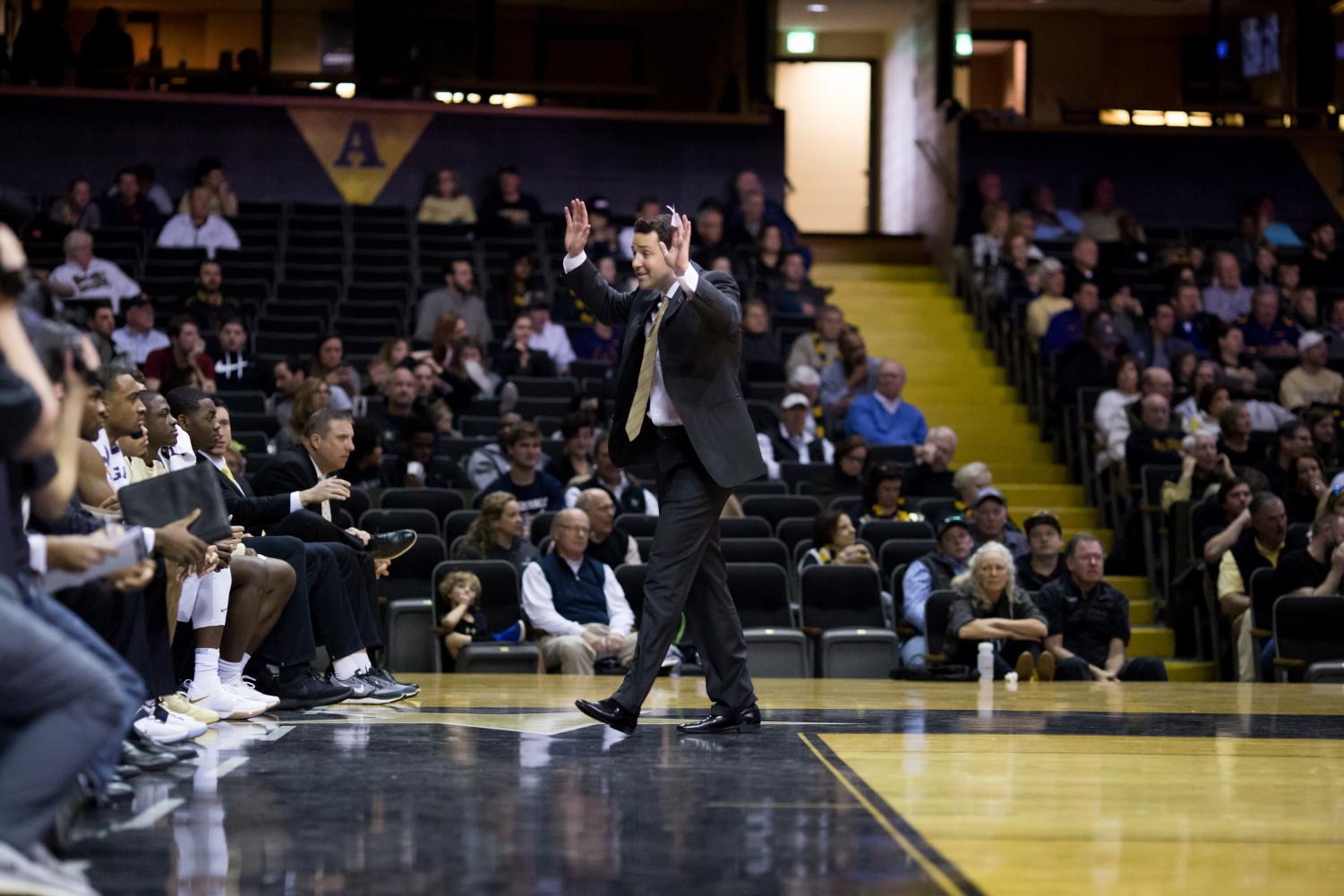
Much was made of Shittu’s unfulfilling season. Some on social media went so far as to call him the worst five-star recruit in history, but those comments largely overlook the harsh reality of most five-star recruits. Sure, some guys like Zion Williamson and RJ Barrett were NBA-ready before they even stepped onto a college campus, but most top recruits, especially big men, need coaching to reach the next level.
Shittu was able to dominate high school basketball because of his combination of size and athleticism, but also because of his unique skill set. That skill set needed to be harnessed under Drew, and for a period of time, it was. Shittu thrived out of the gate, notching double-doubles, leading the fast break, and showing off that top-level athleticism. As the season went on, though, that star power faded quickly. He wasn’t being featured in the offense, he wasn’t leading the break anymore, and most importantly, his drop in confidence became palpable.
Drew didn’t allow the offense to run through Shittu like it should have, and he didn’t put in the work to expand Shittu’s post-game. The freshman went through almost an entire season without showing even the slightest semblance of a post-move, the one aspect of his game that needed the most work. When asked what Shittu needed the most improvement upon in the offseason, Drew responded, “he’s got to develop a top of the key three.”
Trying to develop a big man’s three-point shot before generating some sort of post presence is like trying to play Beethoven on the piano before learning Hot Cross Buns. It simply doesn’t make sense. When Shittu did score with a low-post hook, or when he actually used his body around the basket instead of shying away from contact, you could see the potential, but Drew never fully tapped into that potential. Rather than giving Shittu the adequate reps and working tirelessly to develop a post presence, his solution was to limit his touches and run the offense through other players.
It took a lot of factors and moving parts to get from the extreme hype at the season’s inception to the despair at its finale, but that all boils down to coaching. Drew was outcoached with regularity. It says a lot that in their final game of the season, the Commodores were blown out by Texas A&M, and the Aggies are the ones pushing their head coach out the door despite two Sweet Sixteen appearances in the last three years. New Athletic Director Malcolm Turner would be wise to follow suit, dip into the buyout money, and pick his own coach moving forward.
Bryce Drew was a great basketball player, is a strong recruiter, and is a stand-up guy, but the reality of the situation is that he has greatly underachieved at Vanderbilt, and it’s hard to imagine a turnaround with him at the helm.


